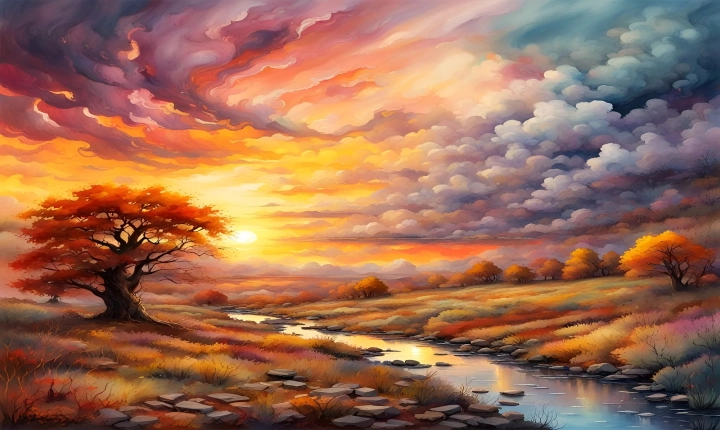AI Art: A Confluence of Creativity and Ownership
Art has always been a reflection of human creativity and expression. From cave paintings to classical masterpieces, artists have poured their emotions and ideas into their work, creating pieces that resonate with audiences across time and cultures. However, the emergence of artificial intelligence has raised a pertinent question – is AI art free?
The advent of AI technology has given rise to a new form of artistic expression, where algorithms and machine learning are used to generate stunning visual and auditory compositions. This has sparked a debate on the ownership and copyright of AI-generated art, blurring the lines between human and machine creativity.
One of the central arguments in the discourse on AI art revolves around the question of authorship. Traditional understanding of art ownership is rooted in the idea of an individual artist, who invests their skill, time, and emotion into creating a unique piece of work. However, with AI-generated art, the lines of authorship become blurred. While the algorithm itself is created by human programmers, the actual output is often a result of the machine’s independent learning and decision-making processes, raising questions about who truly owns the art.
Proponents of free AI art argue that creativity should not be limited by human concepts of ownership. They believe that AI-generated art is a collaborative effort between the programmers, the machine, and the data it learns from, and therefore should be considered a product of collective intelligence rather than individual authorship. They advocate for open access and sharing of AI-generated art, promoting a collaborative and inclusive approach to creativity.
On the other hand, opponents of free AI art emphasize the need to protect the rights of human creators. They argue that intellectual property laws should also apply to AI-generated art, as it often relies on existing copyright-protected works for training and inspiration. Furthermore, they raise concerns about the commercial exploitation of AI-generated art, where individuals or companies might profit from the creative output of algorithms without acknowledging or compensating the human creators behind them.
In response to these debates, some have proposed alternative models for the ownership of AI art. One such model suggests treating AI-generated art as a joint effort between the machine and its human creators, acknowledging both parties’ contributions and granting them shared ownership. This approach combines the innovative potential of AI with the ethical considerations of artistic authorship, aiming to strike a balance between freedom of creativity and protection of rights.
In conclusion, the question of whether AI art is free is a complex and evolving issue that requires careful consideration of the intersection between technology, creativity, and ownership. As AI continues to push the boundaries of artistic expression, it is crucial for society to engage in thoughtful discussions and develop ethical frameworks that respect and support the diverse forms of creativity that emerge from human-machine collaboration. Ultimately, the future of AI art ownership will depend on our ability to navigate this confluence of creativity and innovation with integrity and inclusivity.
